Discover 11 hidden attractions, cool sights, and unusual things to do in Cilento and Vallo di Diano National Park (Italy). Don't miss out on these must-see attractions: Velia, Villaggio Residence Blue Marine, and spiaggia Marinella. Also, be sure to include Monte Stella in your itinerary.
Below, you can find the list of the most amazing places you should visit in Cilento and Vallo di Diano National Park (Campania).
Table of Contents
Velia
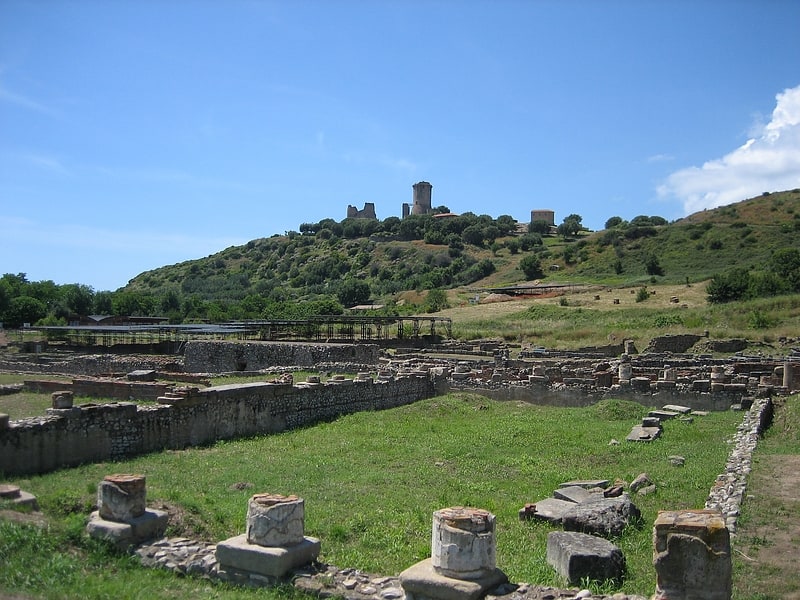
Italian frazione. Velia was the Roman name of an ancient city of Magna Graecia on the coast of the Tyrrhenian Sea. It was founded by Greeks from Phocaea as Hyele around 538–535 BC. The name later changed to Ele and then Elea before it became known by its current Latin and Italian name during the Roman era. Its ruins are located in the Cilento region near the modern village Velia, which was named after the ancient city. The village is a frazione of the comune Ascea in the Province of Salerno, Campania, Italy.
The city was known for being the home of the philosophers Parmenides and Zeno of Elea, as well as the Eleatic school of which they were a part. The site of the acropolis of ancient Elea was once a promontory called Castello a Mare, meaning "castle on the sea" in Italian. It now lies inland and was renamed to Castellammare della Bruca in the Middle Ages.[1]
Address: Parco archeologico Velia, Cilento and Vallo di Diano National Park
Villaggio Residence Blue Marine
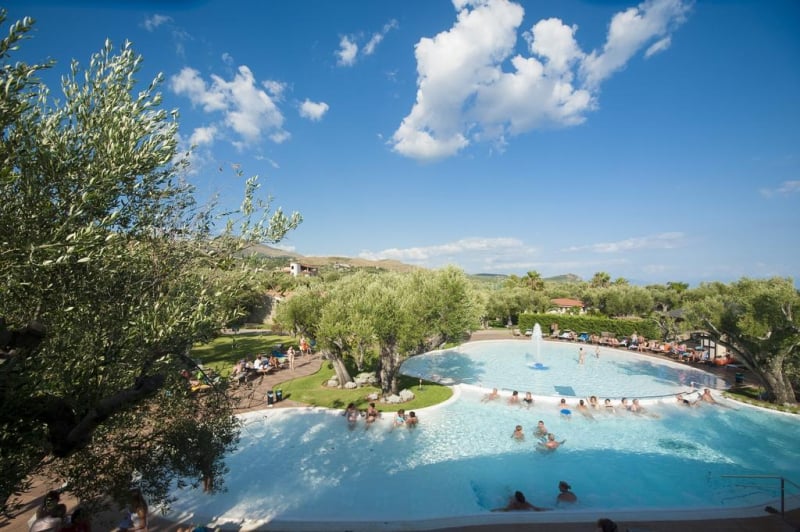
Hotel, Sailing, Marina, Romantic hotel, Karaoke, Dance floor
Address: Via Sirene 44, Cilento and Vallo di Diano National Park
Spiaggia Marinella

Beach
Monte Stella

Mountain in Italy. Monte Stella is a mountain the Lucan Subappennines, with an elevation of 1,131 m, located in Cilento, Campania, southern Italy.[2]
Cape Palinuro
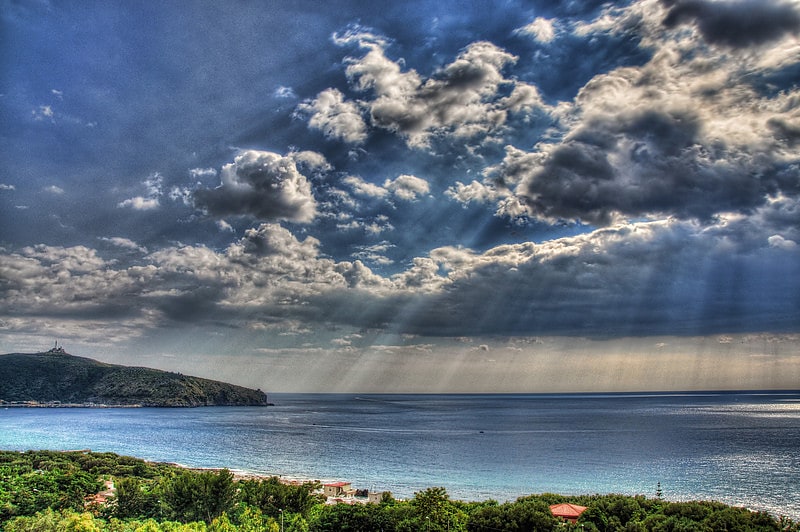
Also known as: Capo Palinuro
Historical landmark in Italy. Cape Palinuro is located in southwestern Italy, approximately 50 miles southeast of Salerno, in southern part of Cilento region. It is supposedly named after Palinurus, the helmsman of Aeneas' ship in Virgil's Aeneid.[3]
Via Ficocella
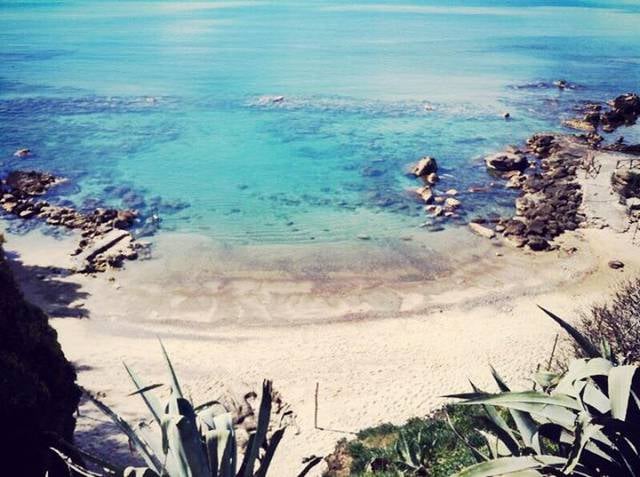
Beach
Address: Via ficocella, Cilento and Vallo di Diano National Park
Acciaroli

Hamlet in Italy. Acciaroli is an Italian hamlet, the most populous in the comune of Pollica, Province of Salerno, in the Campania Region.[4]
Negroni Beach

Beach, Bars and clubs, Nightlife
Address: Via Sirene, 42, 84059 Marina di Camerota
Alburni

Mountain range. The Alburni are an Italian mountain range of the Province of Salerno, Campania, part of the Apennines. Due to their geomorphology, they are popularly known as the "Dolomites of Campania" or of Southern Italy. The highest mountain is the Panormo. Its second name, Alburno, gives the name to the whole range.[5]
Monte Gelbison
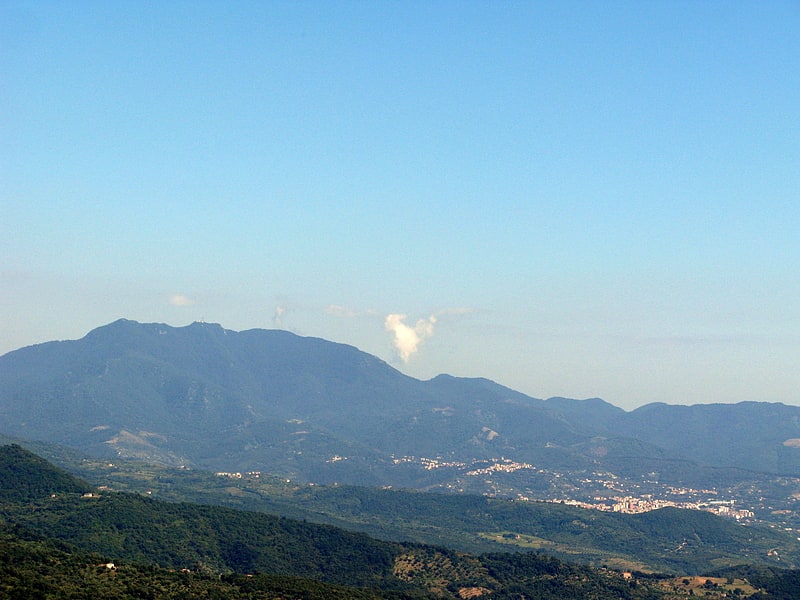
Also known as: Gelbison
Mountain in Italy. Gelbison is a mountain in the Lucan Subappennines range of the Apennine Mountains system, with an elevation of 1,705 metres. It is located in the southern Cilento region of the Province of Salerno, in the Campania region, of southern Italy.
The mountain is within the Cilento and Vallo di Diano National Park.[6]
Bulgheria
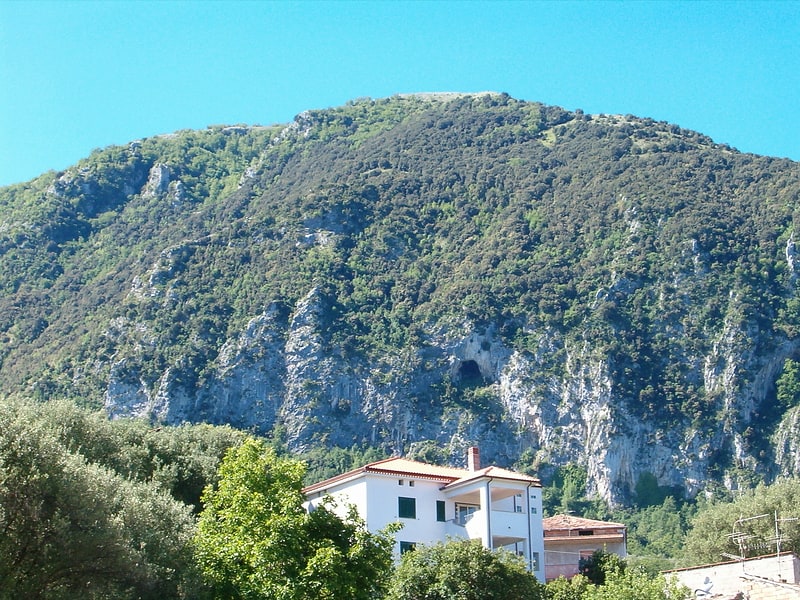
Mountain in Italy. Bulgheria is a 1,225 metres mountain in the southern Cilento region of the Province of Salerno, in the Campania region, of southern Italy.[7]